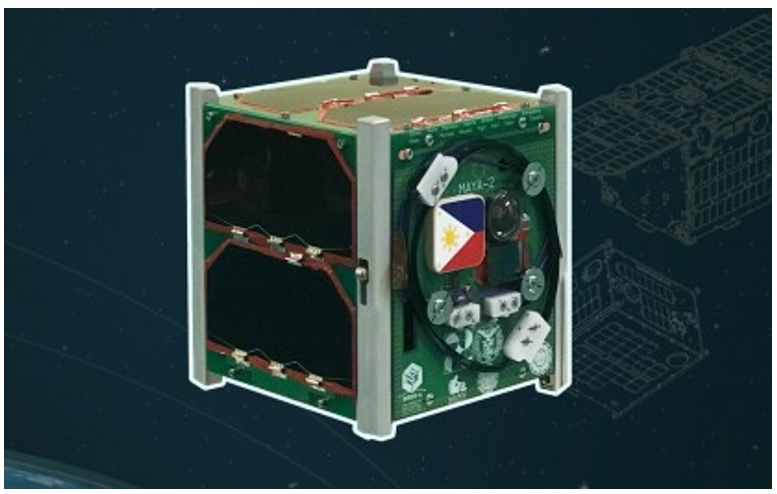MANILA – The launch of two locally made cube satellites (cubesats) — the Maya-3 and Maya-4 — to the International Space Station (ISS) was postponed on Saturday due to inclement weather.
The Philippine Space Agency (PhilSA) said another attempt will be made on Sunday (August 29).
PhilSA Deputy Director General Gay Jane Perez earlier said the cubesats aim to demonstrate satellite stabilization and control on orbit, onboard image processing and classification, as well as the use of solar cells and cubesat antenna, test functionality of sensors, and chips.
Based on PhilSA’s Facebook post, the cubesats will be launched aboard a SpaceX rocket cargo.
The public can watch the launch live via www.nasa.gov.
Department of Science and Technology (DOST) Secretary Fortunato de la Peña told the Philippine News Agency on Saturday that he is glad the country is meeting its targets and schedules in space technology program”.
“The collaboration among DOST, PhilSA, and University of the Philippines (UP) – Diliman has been working quite well,” he added.
Both cubesats were developed under the STAMINA4Space (Space Technology and Applications Mastery, Innovation and Advancement) Program through the support of the DOST, UP Diliman, PhilSA, and Kyushu Institute of Technology of Japan.
“The results of our human resource development program are even beyond our expectations considering the difficult working environment where we are in right now. Our country partners like Japan are saying that we are catching up fast. I hope that government budgetary support will be stronger and continuing,” de la Peña said.
The cubesats are mostly identical, with an estimated mass of 1.15 kilograms and measures 10 cm (centimeters) X 10 cm X 11.35 cm.
Their missions included demonstration of ground data acquisition; image and video capture; detection and protection from single event latch-up due to space radiation; GPS chip demonstration, among others.
The country previously launched Maya-1 on June 29, 2018 and Maya-2 on Feb. 21, 2021.
Diwata 1 and 2, both microsatellites, were launched on March 23, 2016 and Oct. 29, 2018, respectively.
DOST previously said the projects will intensify efforts to harness the power of satellite technology for other purposes like those for agriculture, forest cover and natural resources inventory, weather forecasting, and disaster damage assessment and monitoring, among others. (PNA)
Comments
























